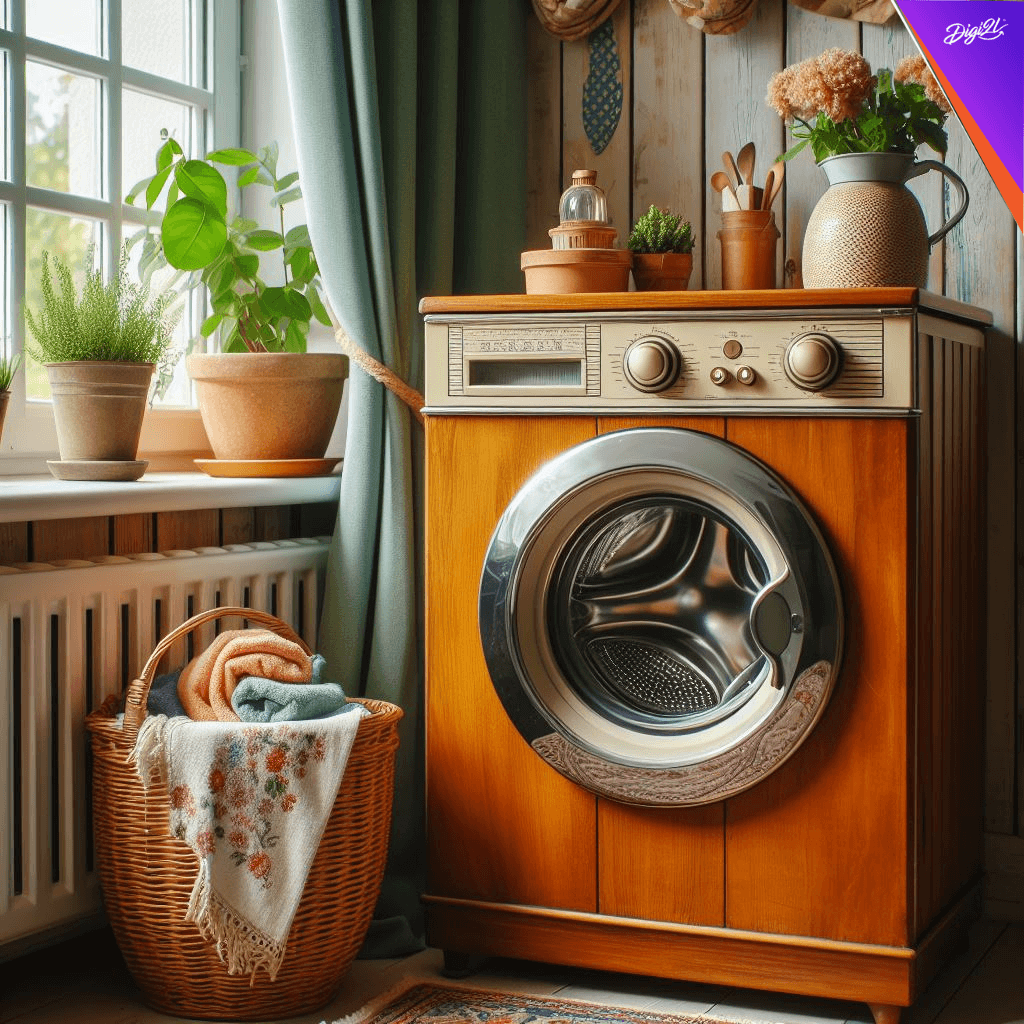
Please Wait ...

Please Wait ...
Enquiry






Curently We are Not Serviceable In this Pincode
91 Springboard, Business Hub, Godrej & Boyce, Gate No. 2, LBS Marg, Vikhroli West, Mumbai, 400079
91 Springboard, Business Hub, Godrej & Boyce, Gate No. 2, LBS Marg, Vikhroli West, Mumbai, 400079
91 Springboard, Business Hub, Godrej & Boyce, Gate No. 2, LBS Marg, Vikhroli West, Mumbai, 400079
91 Springboard, Business Hub, Godrej & Boyce, Gate No. 2, LBS Marg, Vikhroli West, Mumbai, 400079
91 Springboard, Business Hub, Godrej & Boyce, Gate No. 2, LBS Marg, Vikhroli West, Mumbai, 400079
91 Springboard, Business Hub, Godrej & Boyce, Gate No. 2, LBS Marg, Vikhroli West, Mumbai, 400079
91 Springboard, Business Hub, Godrej & Boyce, Gate No. 2, LBS Marg, Vikhroli West, Mumbai, 400079
91 Springboard, Business Hub, Godrej & Boyce, Gate No. 2, LBS Marg, Vikhroli West, Mumbai, 400079
91 Springboard, Business Hub, Godrej & Boyce, Gate No. 2, LBS Marg, Vikhroli West, Mumbai, 400079
Min
Max
₹5,000
₹45,000
Suggested Price







Blogs> Understanding the price and the pricing of the home appliances

The pricing dynamics of home appliances, whether new or second-hand, are influenced by a multitude of factors spanning brand reputation, technological features, durability, size, energy efficiency, design, warranty, and market demand. Brand recognition often commands higher prices, reflecting perceived quality and reliability. Advanced features like smart connectivity and energy efficiency contribute to higher costs, as does superior craftsmanship and materials for enhanced durability. Resale prices of brand new appliances typically decline due to factors such as depreciation, market demand fluctuations, and condition. Despite being unused, brand new appliances may fetch lower resale values compared to their original purchase prices due to rapid technological advancements and varying consumer preferences. Resale values are also affected by the appliance’s condition, age, and seller motivations. To bridge the price gap between new and second-hand appliances, buyers can adopt a strategic approach. This involves assessing the appliance’s condition, researching market prices, negotiating with sellers, buying from reputable sources, considering local sellers, factoring in additional costs, and seeking warranties or guarantees. By considering these factors, buyers can make informed decisions to minimize the price difference and achieve cost-effective purchases. Ultimately, understanding the various factors influencing appliance pricing enables consumers to navigate the market more effectively. Whether purchasing new or second-hand appliances, buyers can leverage their knowledge to make informed decisions that align with their budget and preferences.
Today let us hit all the confusion concerning the prices of the new home appliances or the household electrical appliances first and then we’ll talk about the differentiation concerning the same. The price difference between different home appliances and their subcategories can be influenced by several factors:
Overall, the price difference between different home appliances and their subcategories is influenced by a combination of factors related to brand reputation, product features, quality, efficiency, design, support services, and market dynamics. Consumers should consider their specific needs, preferences, and budget constraints when evaluating the value proposition of different appliance options.
Why does a brand new appliance not resold at the same price at which it was purchased ?
Several factors contribute to the resale price of a brand new appliance being lower than its original purchase price. Here are some reasons:
Overall, the resale price of a brand new appliance is influenced by a combination of factors, including depreciation, market demand, condition, seller motivation, promotions, and warranty considerations. As a result, it’s common for brand new appliances to be resold at prices lower than their original purchase price.
How to minimize the prize difference between a new and second hand home appliance?
Minimizing the price difference between a new and second-hand home appliance requires a strategic approach that considers factors such as condition, age, brand, and market demand. Here are some tips to help you achieve this:
By following these tips, you can minimize the price difference between a new and second-hand home appliance and make a more informed and cost-effective purchasing decision.

By Digi2L - April 27, 2024

By Digi2L - April 26, 2024

By Digi2L - April 25, 2024